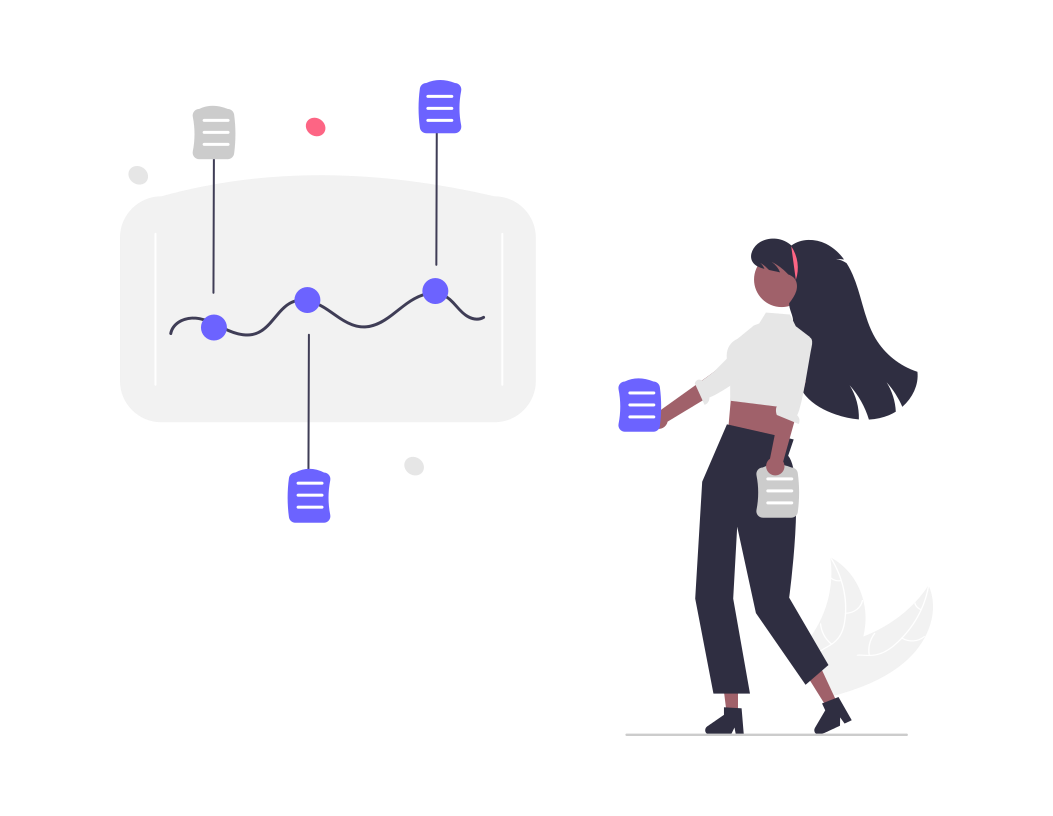In the ever-evolving landscape of marketing, understanding customer behavior is paramount to crafting effective strategies. Behavioral segmentation stands out as a powerful tool for businesses to tailor their marketing efforts, increase customer engagement, and drive revenue growth. This approach focuses on dividing customers into segments based on their behaviors, such as purchasing habits, brand loyalty, and product usage. By analyzing these patterns, businesses can create highly personalized and targeted campaigns that resonate with specific audience segments.
What is Behavioral Segmentation?
Behavioral segmentation involves grouping customers based on their interactions with a brand. Unlike demographic or geographic segmentation, which categorizes customers based on who they are or where they are from, behavioral segmentation delves into the actions customers take. This includes their purchasing history, frequency of product use, response to marketing efforts, and more.
Key Benefits of Behavioral Segmentation
-
Enhanced Customer Understanding Behavioral segmentation allows businesses to gain deeper insights into what drives customer actions. By analyzing how customers interact with products and services, companies can identify patterns and preferences. This understanding enables businesses to anticipate customer needs and tailor their offerings accordingly.
-
Improved Personalization One of the primary advantages of behavioral segmentation is the ability to create personalized experiences. By segmenting customers based on behavior, businesses can deliver targeted content, offers, and recommendations that are more likely to resonate with each segment. Personalization fosters a stronger connection between the brand and the customer, leading to increased loyalty and satisfaction.
-
Effective Marketing Campaigns Behavioral segmentation enables businesses to design more effective marketing campaigns. By targeting specific segments with tailored messages, companies can increase the relevance and impact of their marketing efforts. This not only improves engagement rates but also enhances the overall efficiency of marketing spend, as resources are directed towards the most responsive segments.
-
Increased Customer Retention Understanding customer behavior helps businesses identify at-risk customers and develop strategies to retain them. For instance, if a segment shows signs of decreased engagement, companies can implement targeted retention campaigns to re-engage these customers. This proactive approach reduces churn rates and strengthens customer relationships.
-
Optimized Product Development Behavioral insights are invaluable for product development and innovation. By analyzing how customers use existing products, businesses can identify areas for improvement and develop new features or products that better meet customer needs. This iterative approach to product development ensures that businesses stay aligned with customer expectations and preferences.
-
Enhanced Customer Loyalty Programs Behavioral segmentation is instrumental in creating effective loyalty programs. By understanding the behaviors that drive loyalty, businesses can design programs that reward and encourage those actions. Tailored loyalty programs not only increase repeat purchases but also deepen the emotional connection between the brand and its customers.
-
Better Resource Allocation Behavioral segmentation helps businesses allocate resources more efficiently. By identifying the most valuable customer segments, companies can prioritize their marketing and sales efforts towards these groups. This ensures that resources are used where they can generate the highest return on investment, leading to improved business performance.
-
Data-Driven Decision Making The insights gained from behavioral segmentation empower businesses to make data-driven decisions. By continuously monitoring and analyzing customer behavior, companies can adapt their strategies in real-time to respond to changing customer needs and market conditions. This agility is crucial in maintaining a competitive edge.
Implementing Behavioral Segmentation
To effectively implement behavioral segmentation, businesses should follow a structured approach:
-
Data Collection Collect comprehensive data on customer interactions across all touchpoints. This includes purchase history, website activity, email engagement, and social media interactions.
-
Data Analysis Use advanced analytics tools to analyze the collected data and identify patterns and trends. Machine learning algorithms can help uncover hidden insights and segment customers based on behavior.
-
Segment Definition Define clear segments based on the analyzed data. Each segment should represent a distinct group of customers with similar behaviors.
-
Targeted Strategies Develop targeted marketing strategies for each segment. This includes personalized content, offers, and communication channels tailored to the preferences and behaviors of each group.
-
Continuous Monitoring Continuously monitor the performance of each segment and adjust strategies as needed. Regularly update segments based on new data to ensure they remain relevant.
Conclusion
Behavioral segmentation is a powerful tool that enables businesses to understand their customers on a deeper level and create highly personalized experiences. By leveraging behavioral insights, companies can design more effective marketing campaigns, improve customer retention, and optimize product development. In today’s competitive market, businesses that embrace behavioral segmentation will be better positioned to meet customer needs and drive sustainable growth.


